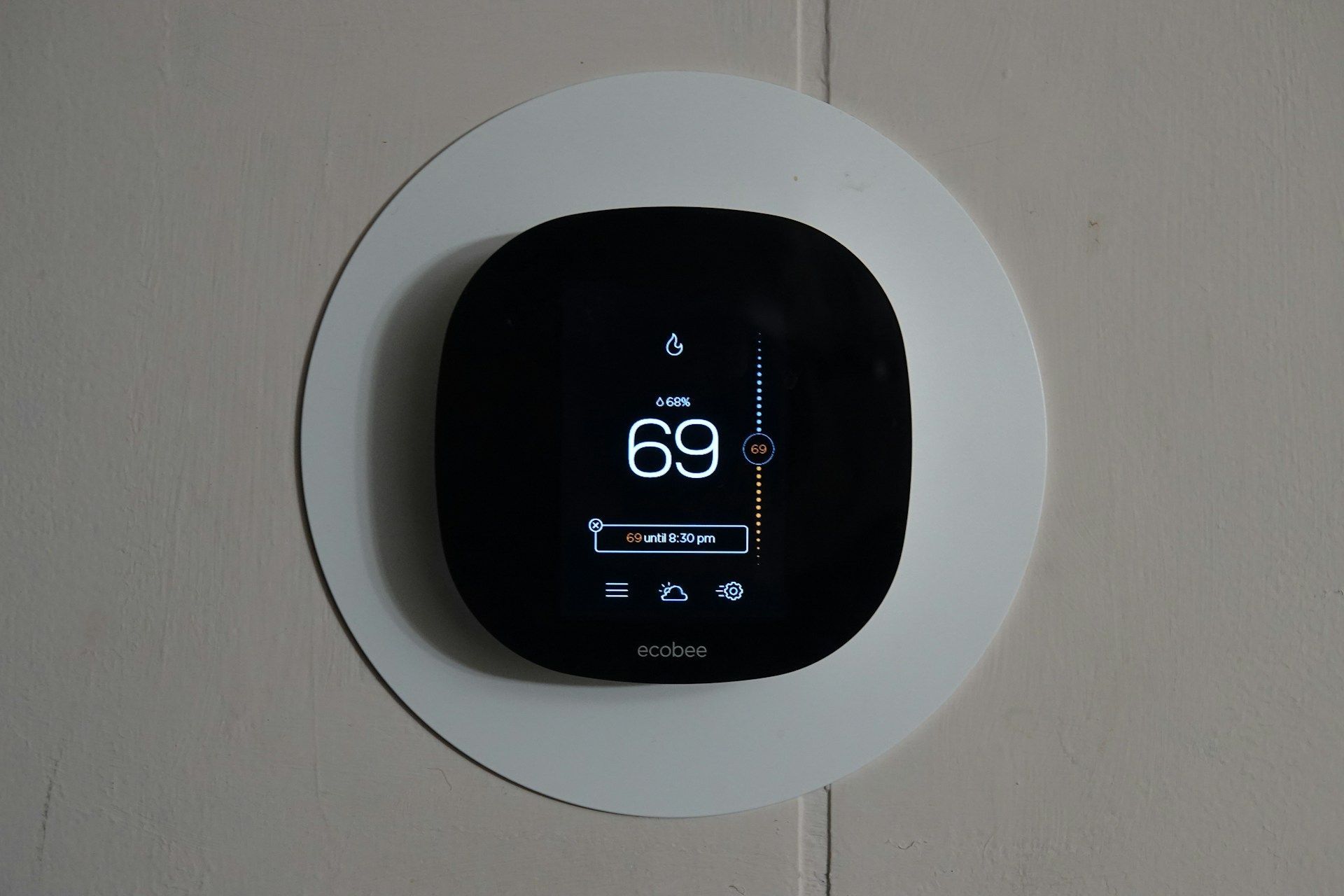Call or Text:
(270) 314-2158
A Guide: Top Tips to Avoid Heating Repairs
Avoiding unexpected heating repairs can save both time and money, especially during the chilly winter months. Keeping your heating system in good shape ensures a cozy home and helps prevent costly breakdowns. A little attention to your heating system can go a long way in maintaining its efficiency.
Simple steps, like regular maintenance and smart adjustments, can make a big difference. These proactive measures help your system run smoothly and keep you warm throughout the season. Understanding and addressing small issues before they become major problems is key to avoiding disruptions in your heating service.
Even minor efforts can lead to long-term benefits, making it easier to enjoy a comfortable home environment. By paying attention to your heating system’s needs, you can rest assured knowing that your home will remain a warm and welcoming place even when the temperature outside drops.
Schedule Regular Maintenance Checks
Regular maintenance checks are essential to keep your heating system running smoothly and avoid unexpected breakdowns. Scheduling these checks helps catch small issues before they turn into big problems. A well-maintained system operates more efficiently, saving energy and money.
Having a professional inspect your system twice a year, typically in the fall and spring, is a smart practice. During these visits, technicians can ensure all components are working correctly, checking for wear and tear that might cause trouble later. They clean dust and debris that can cause your system to work harder, leading to potential malfunctions.
Key tasks involved in regular maintenance include:
- Inspecting and cleaning burner and heat exchanger
- Checking thermostat settings for proper operation
- Lubricating all moving parts
- Inspecting all electrical connections
- Checking the system control sequence
Doing these through professional maintenance keeps your system reliable. Preventative maintenance extends the life of your equipment and ensures a warm and comfortable home throughout the colder season.
Replace Air Filters Frequently
Replacing air filters is one of the simplest and most effective ways to maintain a healthy heating system. Air filters keep dust, dirt, and allergens from clogging your ducts and causing issues with airflow. When filters get dirty, your system works harder, leading to increased wear and higher energy bills.
A good rule of thumb is to replace your air filter every one to three months, depending on usage and how many pets you have at home. Homes with pets or allergy sufferers might need more frequent changes. Keeping a regular schedule for filter replacement ensures your system breathes easy and maintains optimal function.
Signs it's time to change your air filter include:
- Dust buildup around vents
- An unexpected rise in energy bills
- Allergies flaring up more than usual
- Reduced airflow through your system
Remember, clean filters help your system run more efficiently, improving air quality and energy efficiency. Additionally, regular replacement prevents unexpected heating problems, keeping your home warm and cozy all winter long.
Balance and Optimize Home Heating Settings
Finding the right balance with your home heating settings can enhance comfort and maintain efficiency. Optimizing your thermostat ensures your system isn't working harder than necessary, which helps reduce wear and prevent future repairs.
Start by setting your thermostat to a consistent temperature. Avoid constantly adjusting it, as this can overwork your system. Keeping a steady temperature helps in efficient energy use. A common suggestion is setting your thermostat around 68 degrees Fahrenheit when you're home and lowering it slightly when asleep or away.
Consider using programmable or smart thermostats. These allow for a customized heating schedule that aligns with your routine, offering both comfort and savings. On particularly cold days, consider wearing warmer clothing instead of cranking up the heat. This strategy helps your system maintain efficiency without excessive strain.
Remember to keep doors and vents open in commonly used rooms to allow for even heat distribution. By managing these settings, you make sure your system functions smoothly, providing consistent warmth throughout the house.
Identify and Address Minor Issues Early
Spotting and fixing small problems before they escalate is crucial for avoiding major repairs. Paying attention to how your system operates helps catch early warning signs that something might be wrong.
Listen for unusual noises, like banging or rattling, which can indicate that a part needs attention. If you notice cold spots in certain areas of your home, it could mean an issue with airflow or insulation. Unusual smells from your vents can also signal potential problems with the system.
Check for signs like:
- Unreliable heating cycles
- Higher than usual energy bills
- The system frequently turning on and off
If you notice any of these, it's a good idea to consult a heating professional. Quickly addressing these issues helps maintain your system’s efficiency and prevents more extensive problems in the future.
Conclusion
Keeping your heating system in top shape involves a combination of regular care and attentiveness. By scheduling maintenance checks, changing air filters often, optimizing settings, and addressing minor issues promptly, you can maintain a reliable and efficient heating system. These proactive steps help create a comfortable living environment and avoid costly repairs.
A well-maintained heating system not only extends its lifespan but also provides peace of mind during the cold months. Staying informed and taking action when needed ensures your home remains a warm haven irrespective of outdoor temperatures.
When you need expert help with your heating system, Anytime Heating & Air is here to assist. We provide reliable maintenance and repair services to keep your home comfortable year-round. Reach out today to ensure your heating system remains in perfect working order! Learn more about our
HVAC solutions.

© 2024 All Rights Reserved | Anytime Heating & Air

